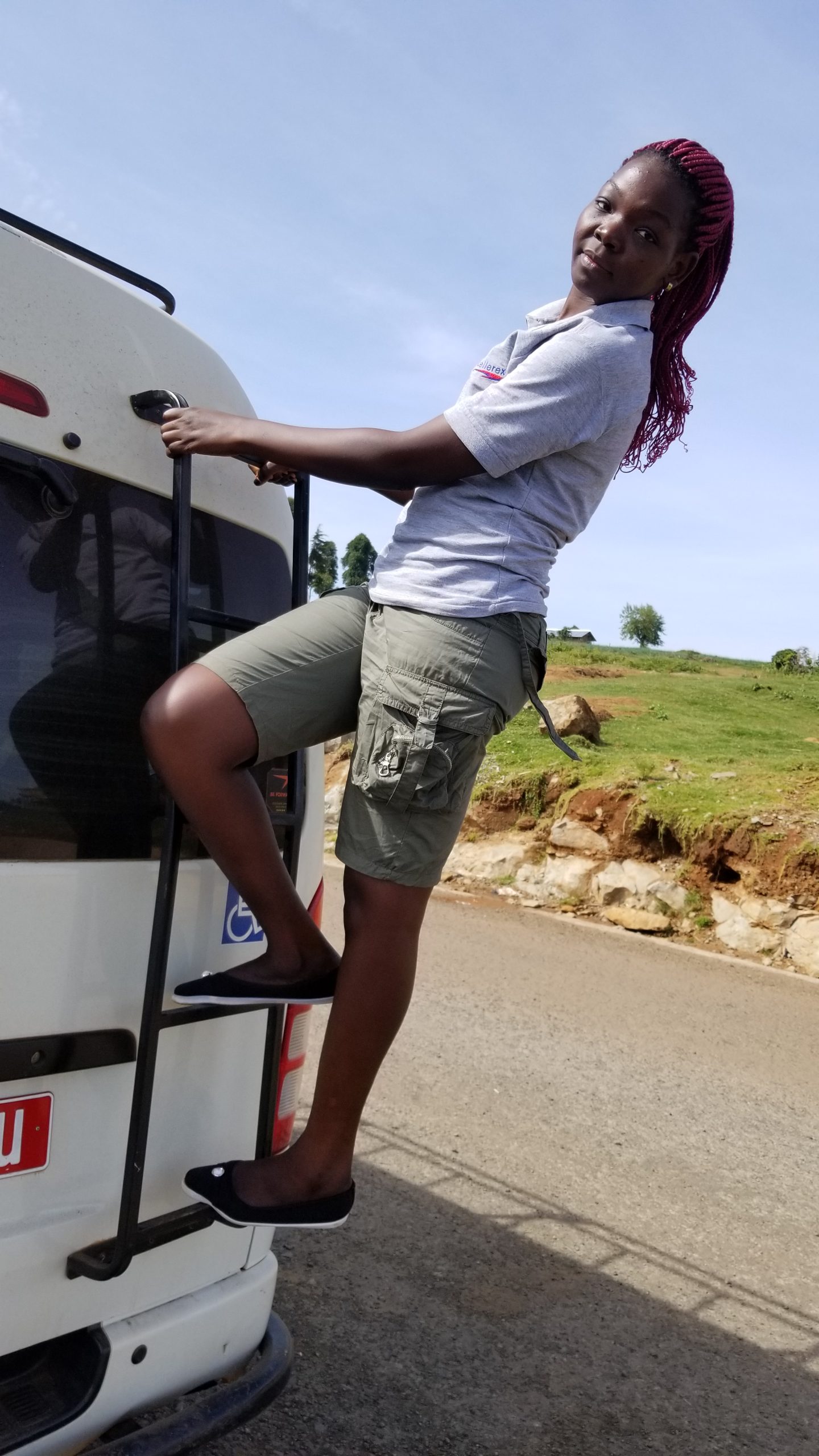Masaai Mara National Reserve & Kenya Car Hire For Safaris
Masaai Mara National Reserve Kenya Car Hire. Rent 4×4 Land Cruisers on self drive or with a driver guide for an ultimate wildlife-big 5 safaris in Maasai Mara.
Masa Mara National Park is located in Narok County of Kenya and it’s contiguous with the Serengeti National Park in Tanzania which can also be visited on a Self-drive holiday to East Africa on one-way car rental from Kenya to Tanzania that can be offered by Self-drive Kenya.
All You Need To Know About Maasai Mara National Reserve.
Masai Mara National Reserve is found Narok in the south Western Kenya. The beautiful wide 1510 square Kilometer stretch of gently rolling African Savannah connects with Serengeti National Park in Southern Tanzania.
The park name “Maasai” is derived from the Maasai tribe, the ancient inhabitants who stayed in Nile Basin, while “Mara” means spotted, due to the dotted trees scattered all around the wide plains, as seen from far.
Maasai Mara National Reserve among most listed Africa Wildlife destinations is known for its population of Lion, cheetah, Elephant, Buffaloes among other animals. Other wildlife include large herds of wildebeests and zebras by which the park experiences the great Migration each year, which made it become the 7th Natural Wonder of Africa and the worlds tenth.
The greater Mara ecosystem comprises of : The Mara Triangle,Maasai Mara National Reserve, among other conservancies like Koiyaki, Lemek, Olchorro Oirowua, Mara North, Olkimyei, Siana, Maji Moto, Naikara, Ol Deresi, Kerinkani, Oloirien and Kimintet.
Getting To Maasai Mara National Reserve and Maasai Mara gates
Maasai Mara National Reserve can be accessed by both road and Air. Air is the quickest and convenient way to get there from Nairobi, since it is the main gateway Maasai Mara.
By Air, most flights are taken from Wilson Airport, majorly by Air Kenya, and Safari Link companies. The flights are usually taken every day, both in the morning and afternoon. That is, Air Kenya morning flights depart at 0730 hrs, and lands at 0810hrs, while afternoon takes off from Nairobi at 1445hrs to Masai Mara at 1615 hours.
The flights usually take short time schedules (between 45 to 60 minutes), and lands to several airstrips of: Keekorok, Serena, Musiara, Mara North and Ol Kiombo.
Whereas by road, one looks at guided in a 4×4 Land cruiser jeep, where one can easily visit many destinations, before reaching Maasai Mara National Reserve. Most road safaris allows for allows for safari extensions to National Parks like Amboseli, Lake Nakuru or even Lake Naivasha. Please contact us if you are interested in an extended safari itinerary, we are happy to assist!
Maaai Mara Gate
Maasai Mara National Reserve can be accessed through 6 popular gates, that are distributed to favor all guests entering the reserve which includes:
#1: Oloololo Gate
Oloolo gate is positioned in the North Eastern part of Maasai mara national reserve and is accessed by C13 which is Aitong Road and C14 Singor-Kaboson road. It is just a short distance south of one of the tributaries for the Mara River. One can drive through this gate to access the Mara River or Oloololo escarpment on the North.
#2 . Sekanani Gate
The sekanani gate is used for both entering and exiting Maasai Mara Reserve, from the southwestern part of Narok town. It is located on the Eastern Border of the surburbs of Sekanani Town.
#3. Oloolaimutia Gate
Oloolaimutia is located on the Eastern Part of Maasai mara National Reserve. This gate is most preferred because it is fully furnished with offices with comprehensive knowledge about all Maasai Mara conservancies, spacious parking area for numerous gates among others.
#4. Talek Gate:
Situated in the North western of the Reserve, Maasai Mara’s Talek gate is more developed, established in the wide open grassland, just nearby the renown Talek River. Crossing over the river is only possible, during the during dry months when the amount of water has reduced.
#5. Musiara Gate
Musiara Gate is located in the North Eastern region of Maasai Mara National Reserve, just nearby oloololo gate which is on the opposite side of the Mara River.
#6. Sand River gate.
The Sand River gate, although still closed, is paced south of Maasa Mara National Reserve, which forms the border between Kenya and Tanzania’s Serengeti National Park. It was much preferred by travelers who combined both Kenya-Tanzania safari adventures, thus leaving them with only Isebania border
Best Time to Visit Maasai Mara National Reserve
The best time to Visit Maasai Mara National Reserve is Mid June, July, August, September, and October. This is the season when the annual wildebeest migration always happens, where over 1.5 million wildebeests and large herds of zebras, as well as other herbivores cross over to Maasai Mara from Serengeti National Park through the Talek and Mara River. It is during this time that the wildlife is clearly viewed. Nevertheless, maasai Mara can still be visited all year round.
The next stop after this park is Amboseli national park & Lake Nakuru national park.
The name Masai was derived from the local people that live around the park its self known as the Masai People (the ancestral inhabitants of the area) and their description of the area when looked at from afar: “Mara” means “spotted” in the local Maasai language of Maasai, due to the many trees which dot the landscape hence the name Masai Mara National Park the dream of every traveler that has tried to explore great Magic Kenya for wildlife safari holiday.
The Management of the Park
Maasai Mara is administered by the Narok County government. The more visited eastern part of the park known as the Maasai Mara National Reserve is managed by the Narok County Council. The Mara Triangle in the western part is managed by the Trans-Mara county council, which has contracted management to the Mara Conservancy.
What to See in Masai Mara National Park.
The exceptional populations of lions, leopards, cheetahs, and elephant, and the annual migration of wildebeest, zebra, Thomson’s gazelle, and other antelope, to and from the Serengeti every year is known as the Great Migration.
The Greater Mara Ecosystem encompasses areas known as the Maasai Mara National Reserve, the Mara Triangle, and several Maasai Conservancies, including Koiyaki, Lemek, Ol Chorro Oirowua, Olkinyei, Siana, Maji Moto, Naikara, Ol Derkesi, Kerinkani.
The terrain of Masai Mara National Park
The terrain of the reserve is primarily open grassland with seasonal rivers. In the south-east region are clumps of the distinctive acacia tree. The western border is the Esoit (Siria) Escarpment of the East African Rift, which is a system of rifts some 5,600 km (3,500 mi). Wildlife tends to be most concentrated here, as the swampy ground means that access to water is always good, while tourist disruption is minimal.
Wildlife Safari to Maasai Mara National Park
All Kenya Safaris can’t be complete without a visit to Masai Mara National Park which is a popular destination for the big five in Kenya with the rare and the seasonal Wildebeest migration from Tanzania to Kenya on Visaless travel for wildlife. ( the Kenya Safari guide offers reliable information about the Wildebeest migration on a free visa from Masai Mara to Serengeti Tanzania.)
All members of the “Big Five” (lion, leopard, elephant, cape buffalo, and rhinoceros) others include Wildebeest, topi, zebra, and Thomson’s gazelle migrate into and occupy the Mara reserve, from the Serengeti Plains to the south and Loita Plains in the pastoral ranches to the north-east, from July to October or later. Herds of all three species are also resident in the reserve.
Price of Masai Mara
Game parks are a major source of foreign currency for Kenya. Entry fees are currently US$80 for adult non-East African Residents and $30 for children. There are a number of lodges and tented camps catering for tourists inside or bordering the Reserve and within the Conservancy borders.
Available Fleets for Rental to Masai Mara Safari
Get the best deals on how to book car rental on self drive or with driver to Masai Mara National Park at the most affordable price from Self Drive Kenya.

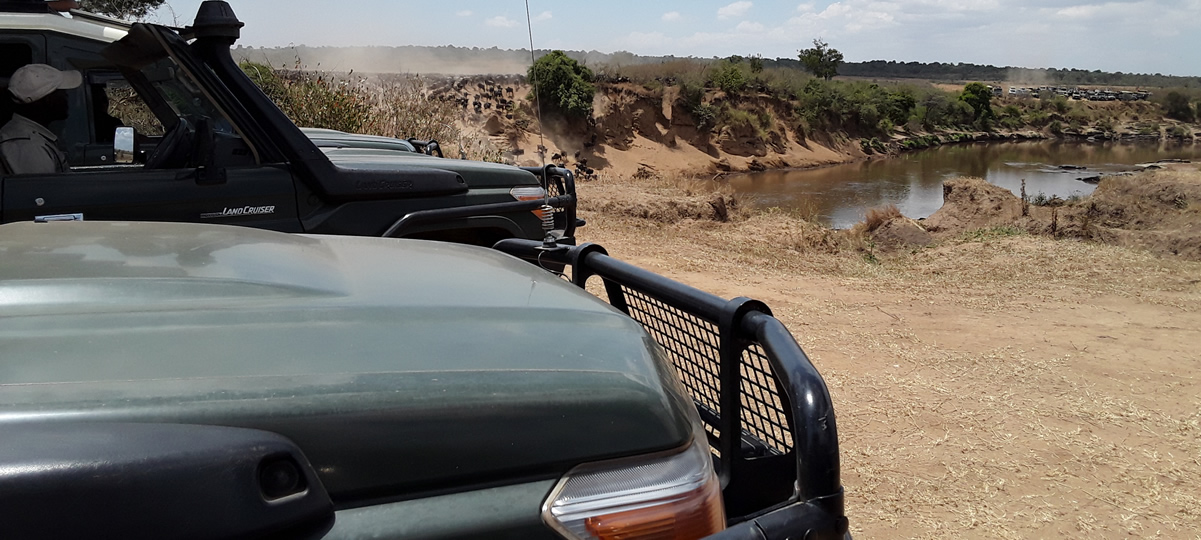
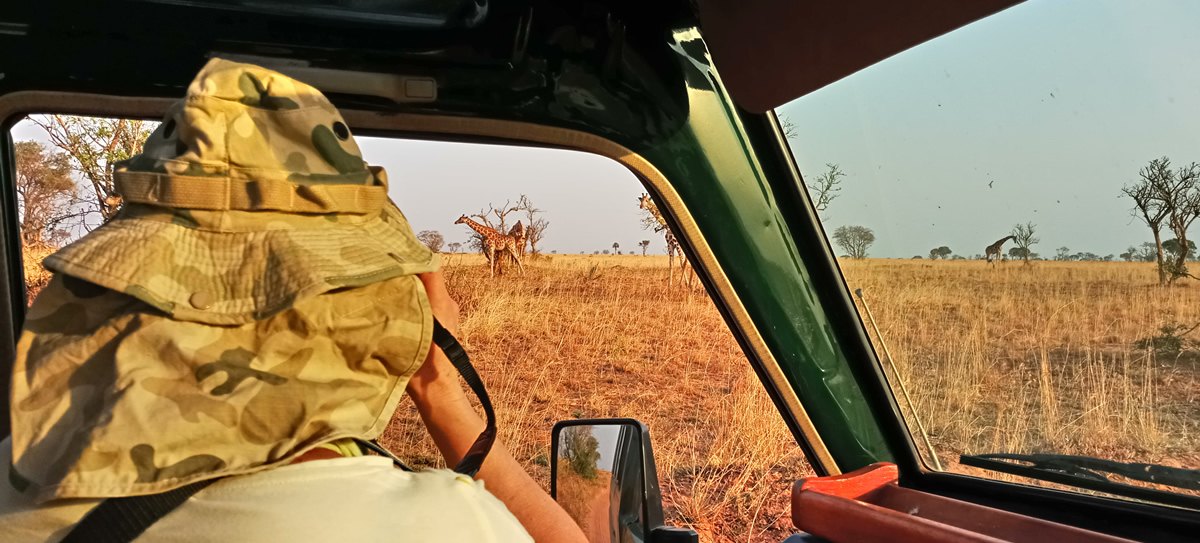

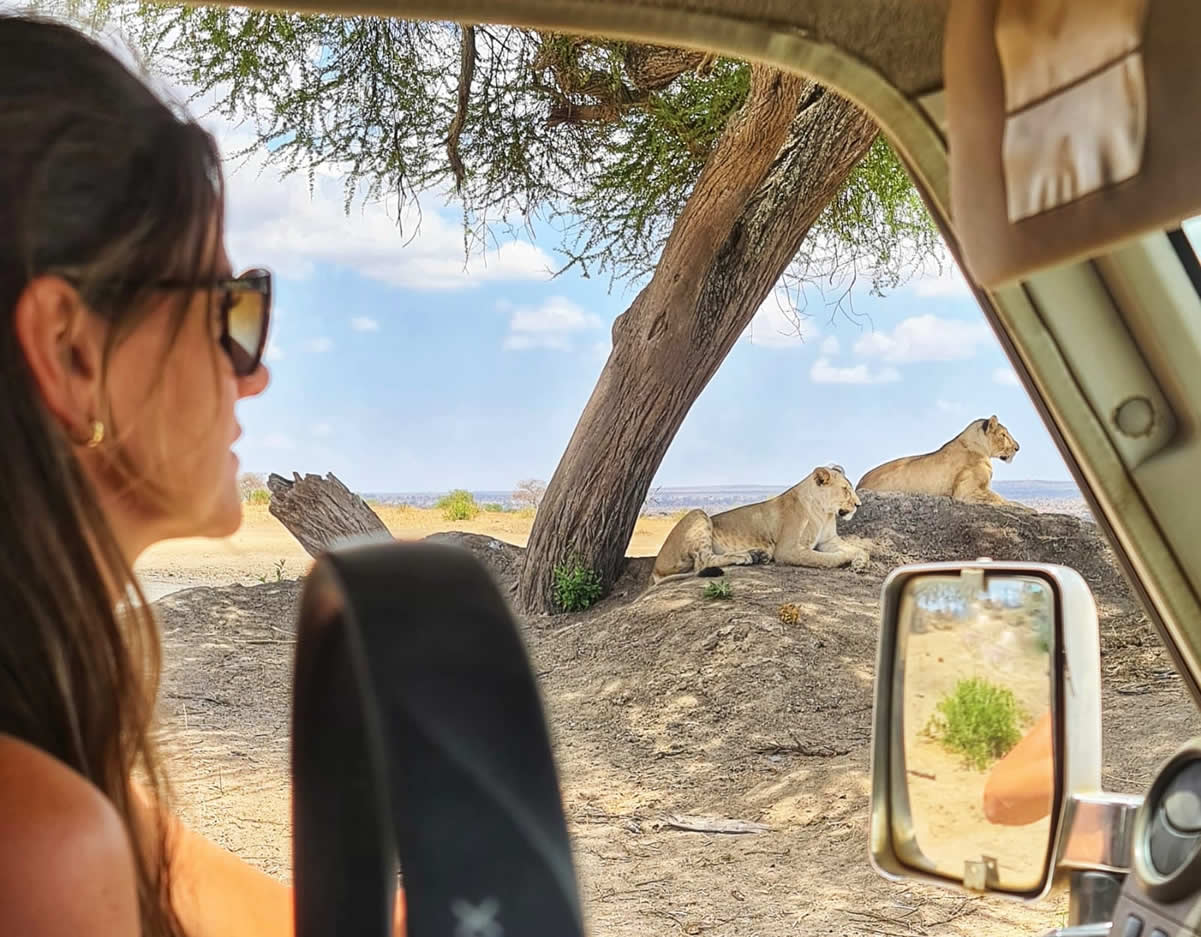
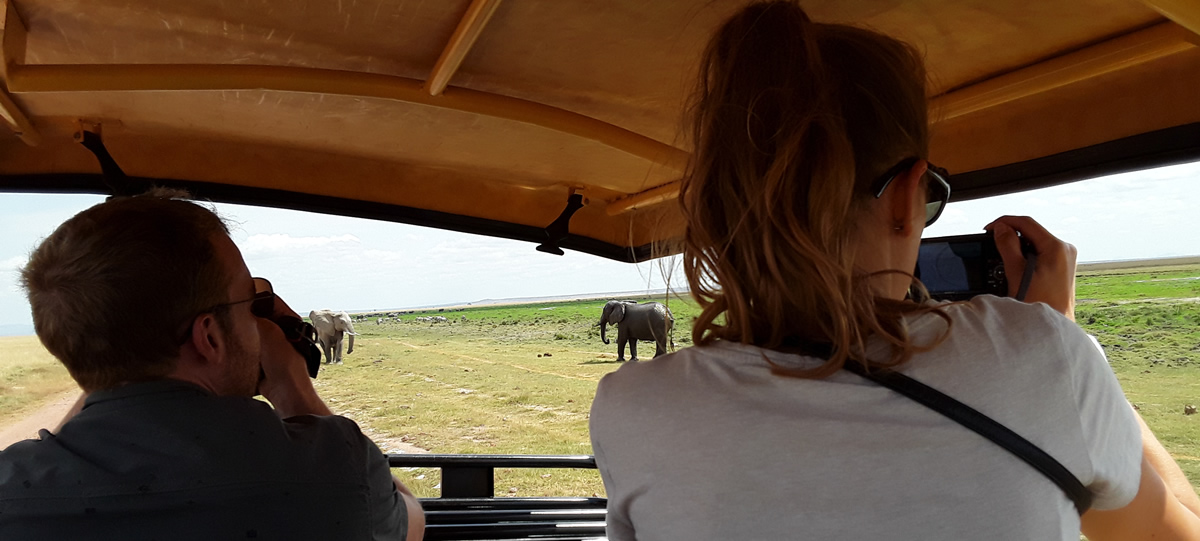
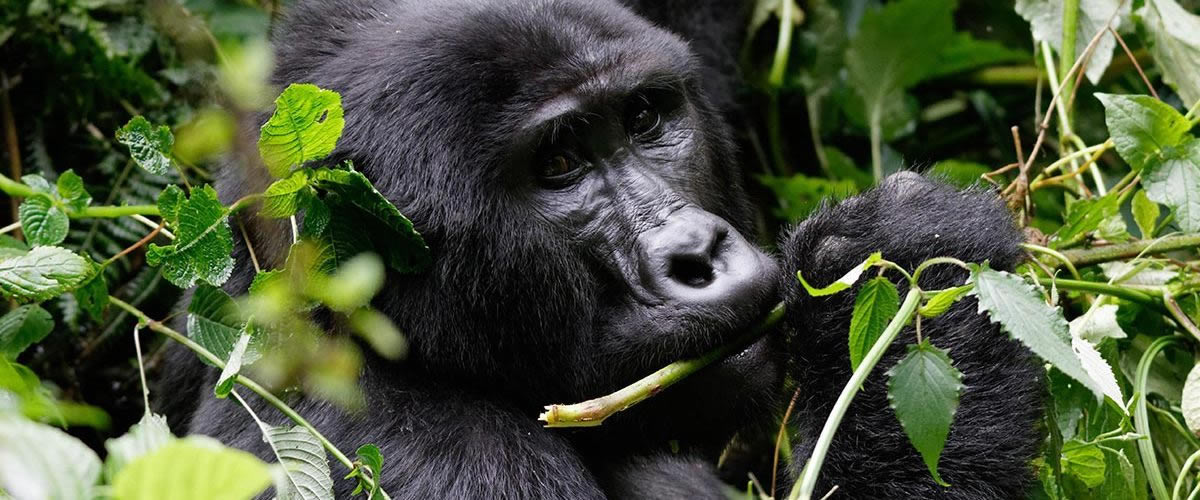
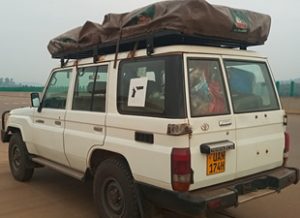
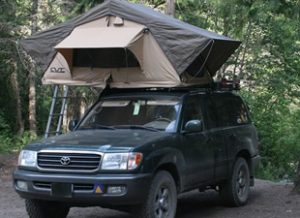
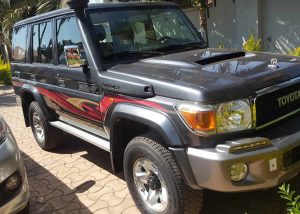

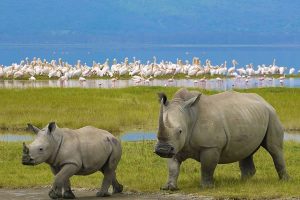
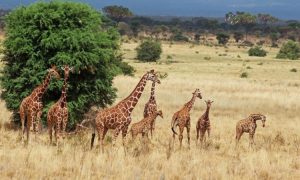 Book With Self Drive Kenya an awe inspiring 7 days best of Kenya’s wildlife self drive safari to the most visited National Parks including Samburu Game Reserve,
Book With Self Drive Kenya an awe inspiring 7 days best of Kenya’s wildlife self drive safari to the most visited National Parks including Samburu Game Reserve,
